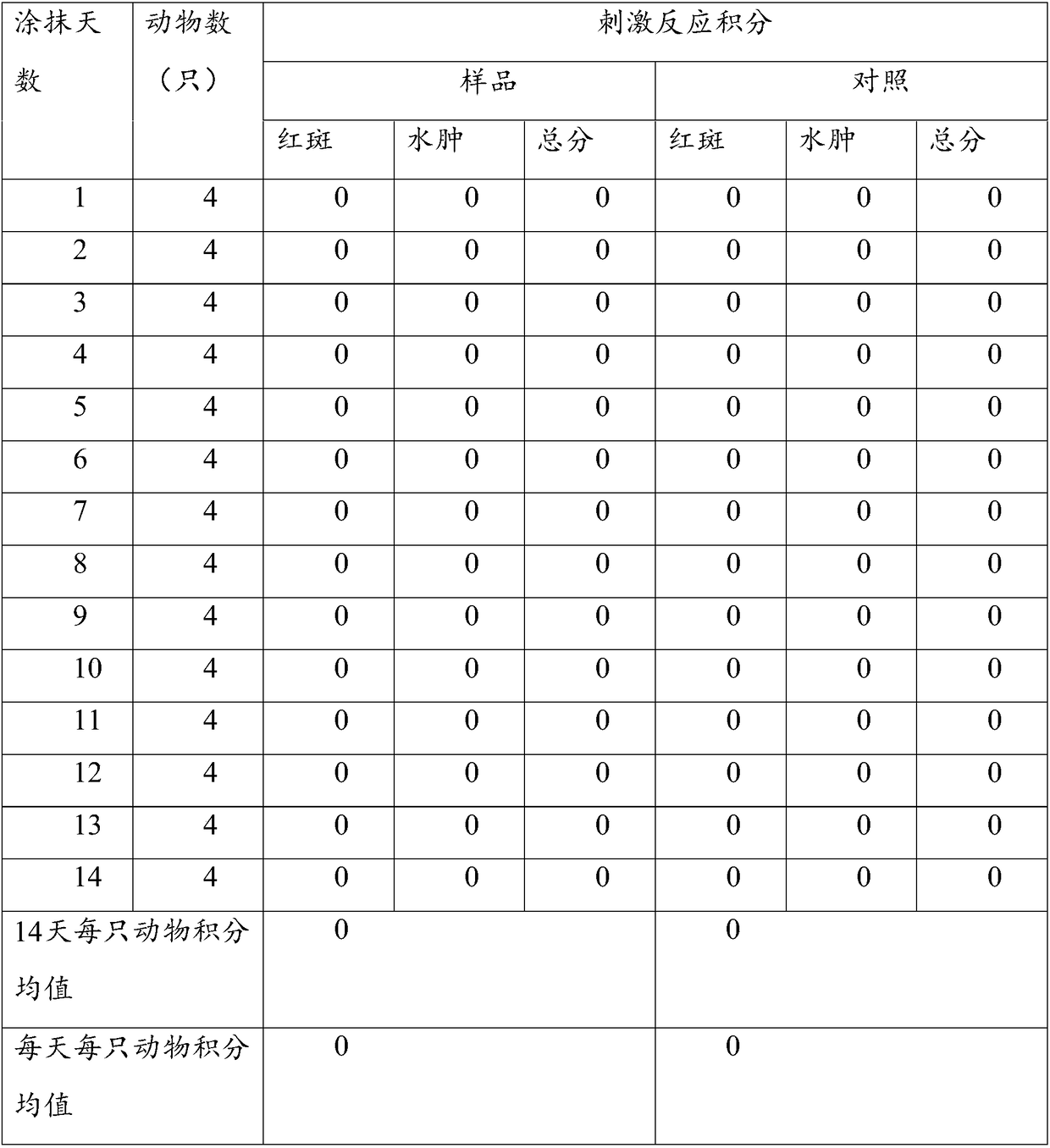Nano photocatalyst
A nano-photocatalyst and nano-technology, applied in the field of nano-photocatalyst, can solve the problems of general organic pollution gas effect, not obvious adsorption effect, uncertain removal effect, etc., and achieve the effect of thorough treatment, long action time and low cost
- Summary
- Abstract
- Description
- Claims
- Application Information
AI Technical Summary
Problems solved by technology
Method used
Image
Examples
Embodiment 1
[0023] The nanophotocatalyst of this embodiment includes the following components by weight, 7.5 parts of 5nm anatase nano-titanium dioxide, 6 parts of nano-silicon dioxide, 3.5 parts of nano-AZO, 100 parts of deionized water, and 0.5 part of sodium polyacrylate.
Embodiment 2
[0025] The nanophotocatalyst of this embodiment includes the following components by weight, 5 parts of 6nm anatase nano-titanium dioxide, 5 parts of nano-silicon dioxide, 3 parts of nano-AZO, 120 parts of deionized water, and 0.8 part of dispersant.
Embodiment 3
[0027] The nanophotocatalyst of this embodiment includes the following components by weight, 10 parts of 8nm anatase nano-titanium dioxide, 7.5 parts of nano-silicon dioxide, 5 parts of nano-AZO, 150 parts of deionized water, and 0.6 part of dispersant.
PUM
 Login to View More
Login to View More Abstract
Description
Claims
Application Information
 Login to View More
Login to View More - R&D
- Intellectual Property
- Life Sciences
- Materials
- Tech Scout
- Unparalleled Data Quality
- Higher Quality Content
- 60% Fewer Hallucinations
Browse by: Latest US Patents, China's latest patents, Technical Efficacy Thesaurus, Application Domain, Technology Topic, Popular Technical Reports.
© 2025 PatSnap. All rights reserved.Legal|Privacy policy|Modern Slavery Act Transparency Statement|Sitemap|About US| Contact US: help@patsnap.com

